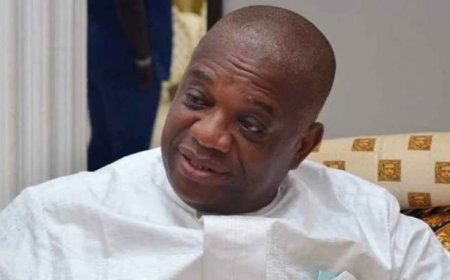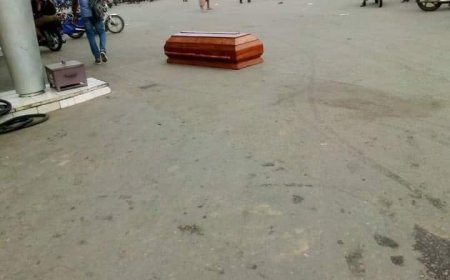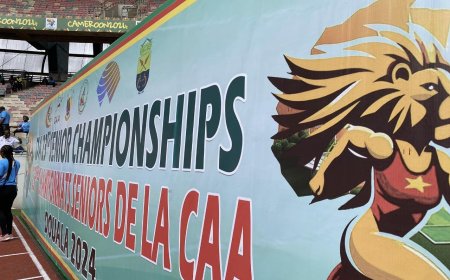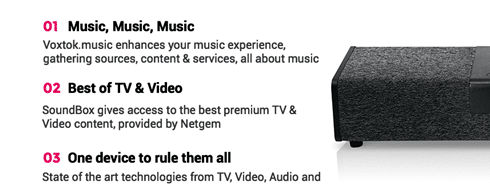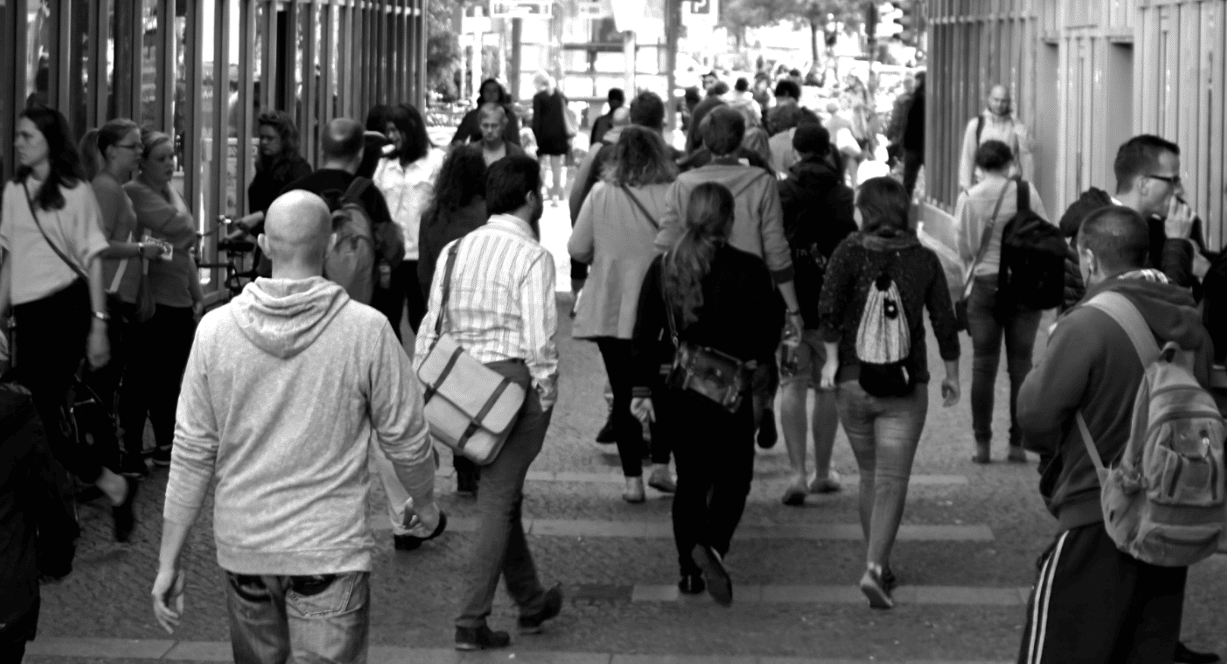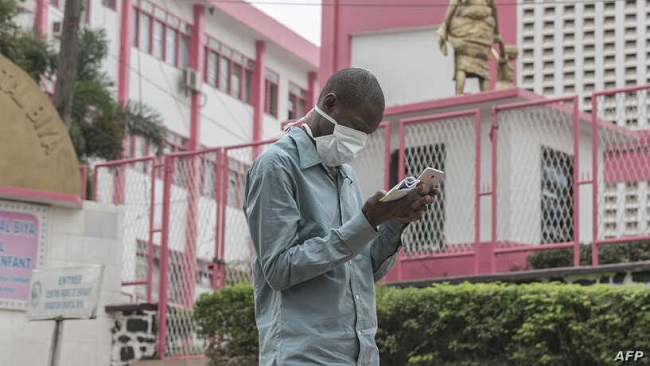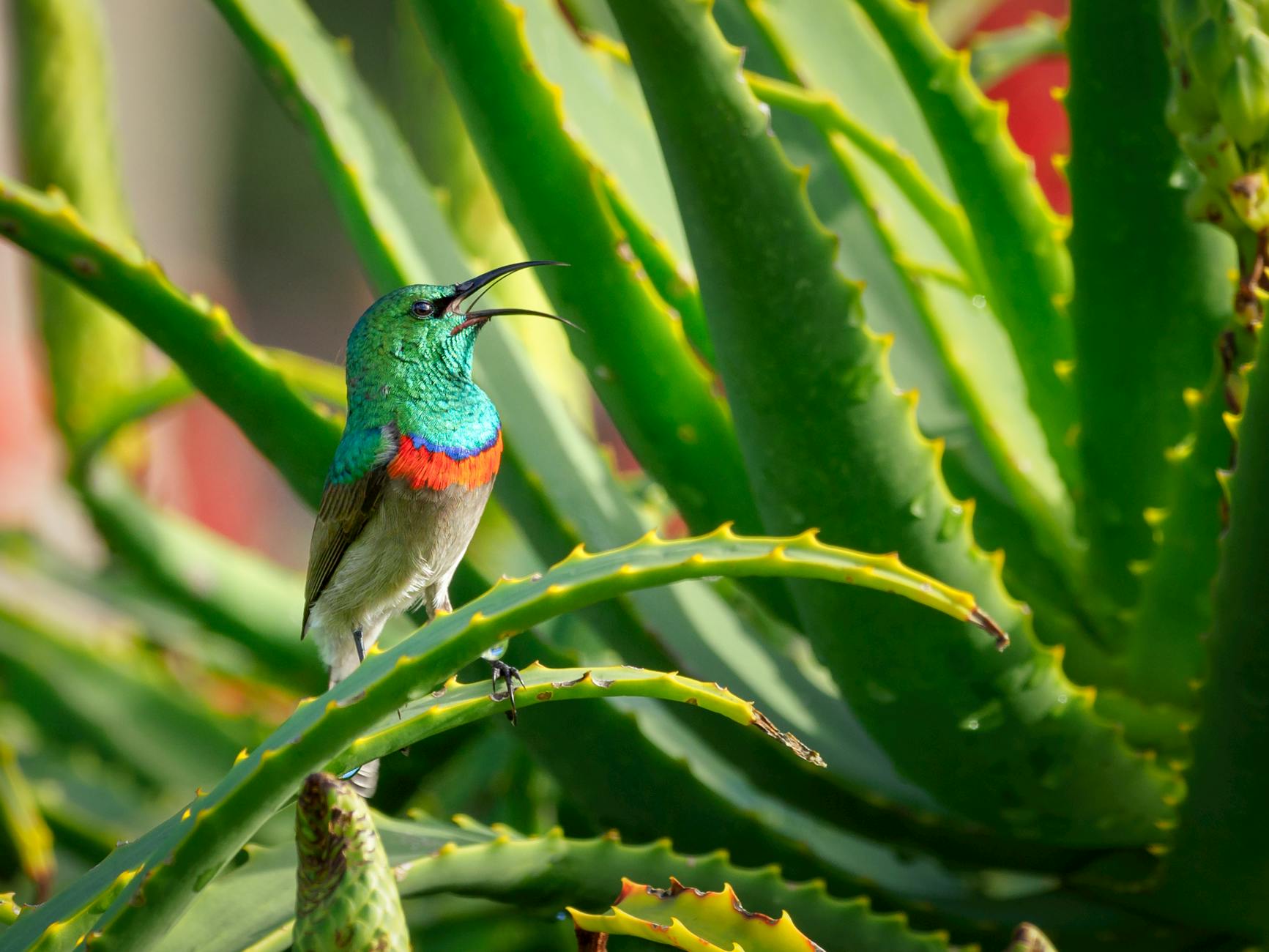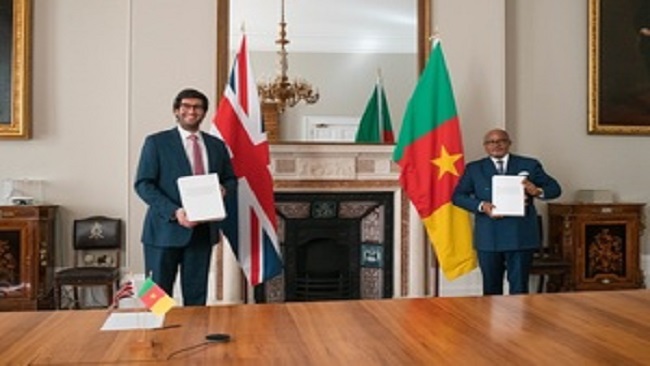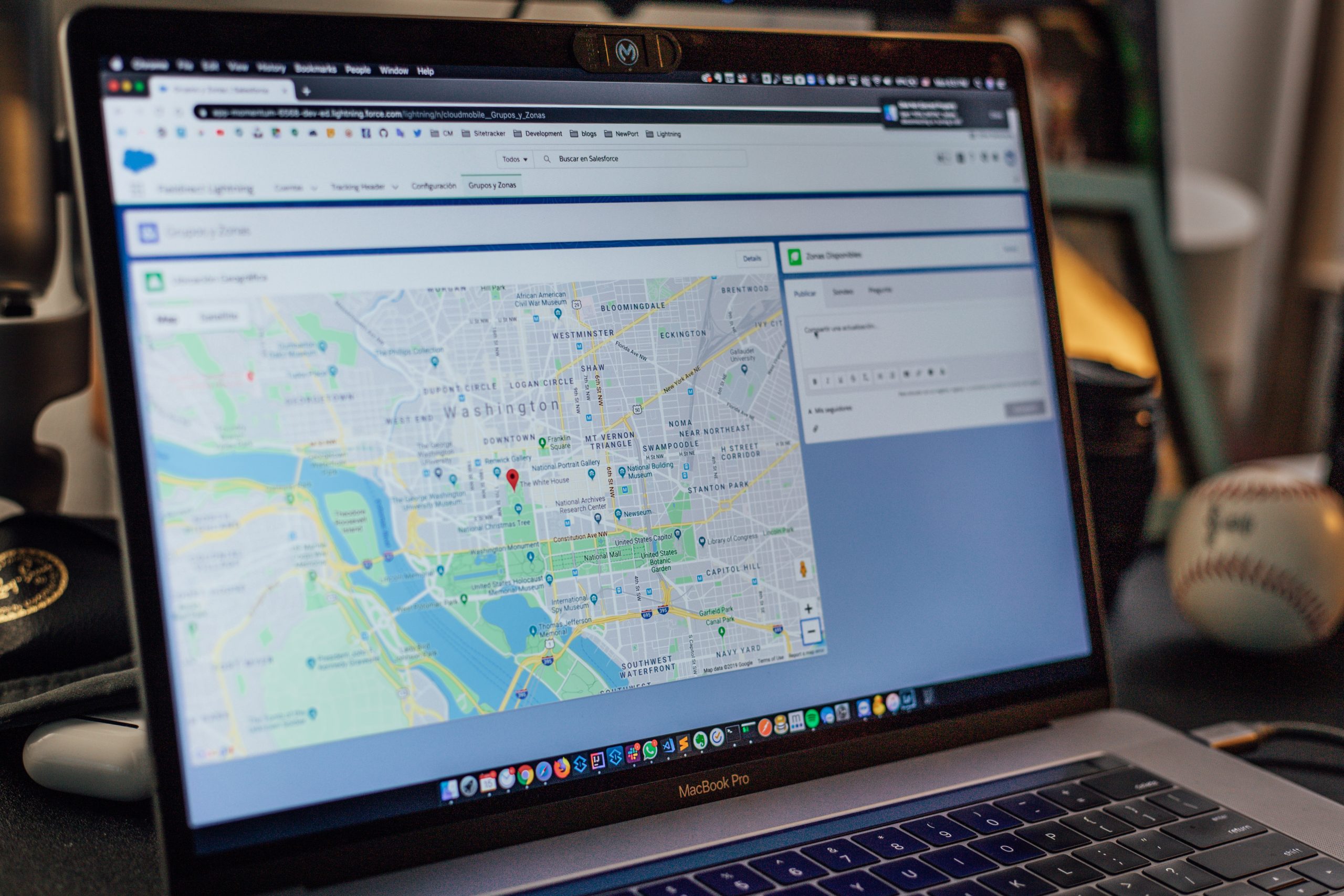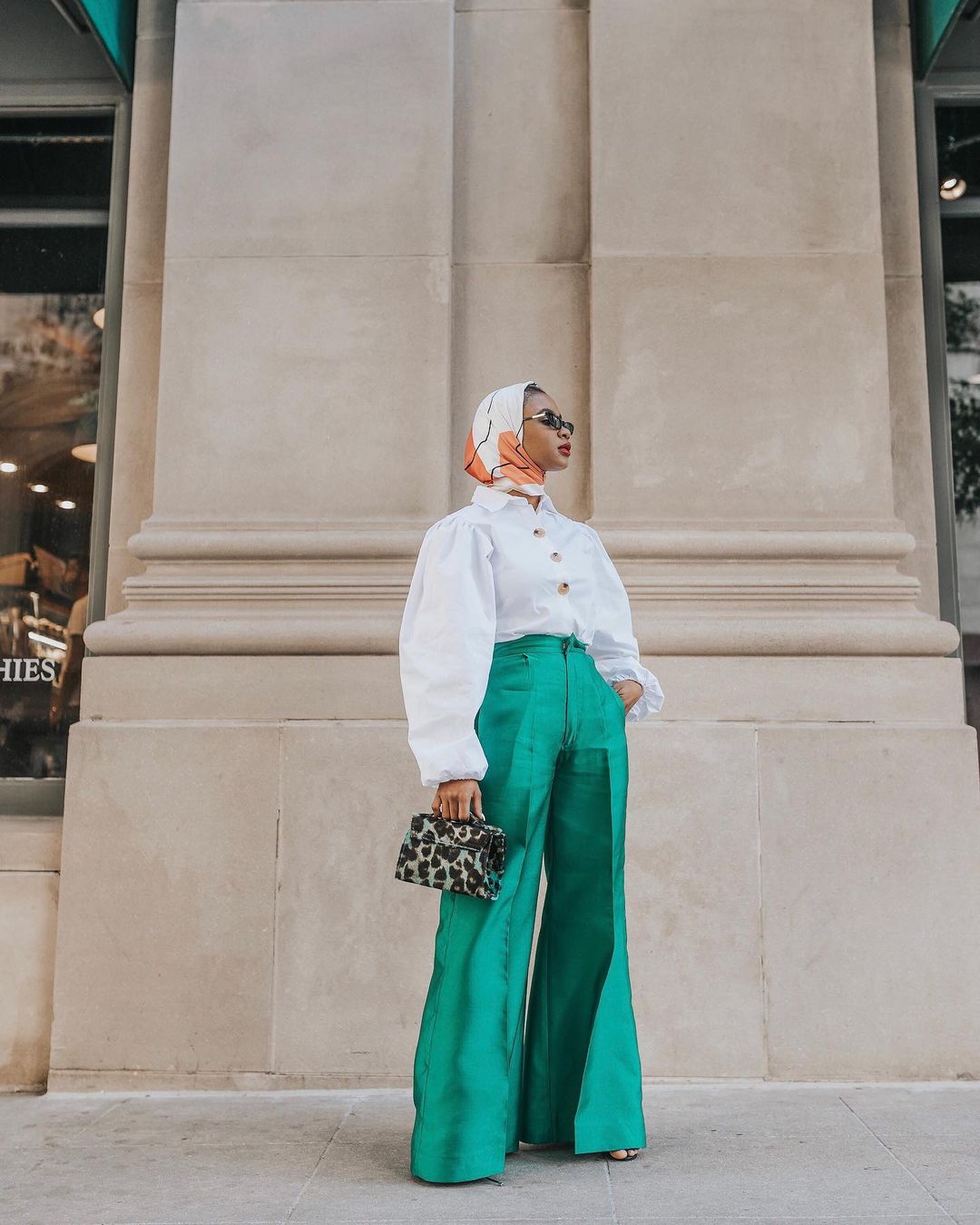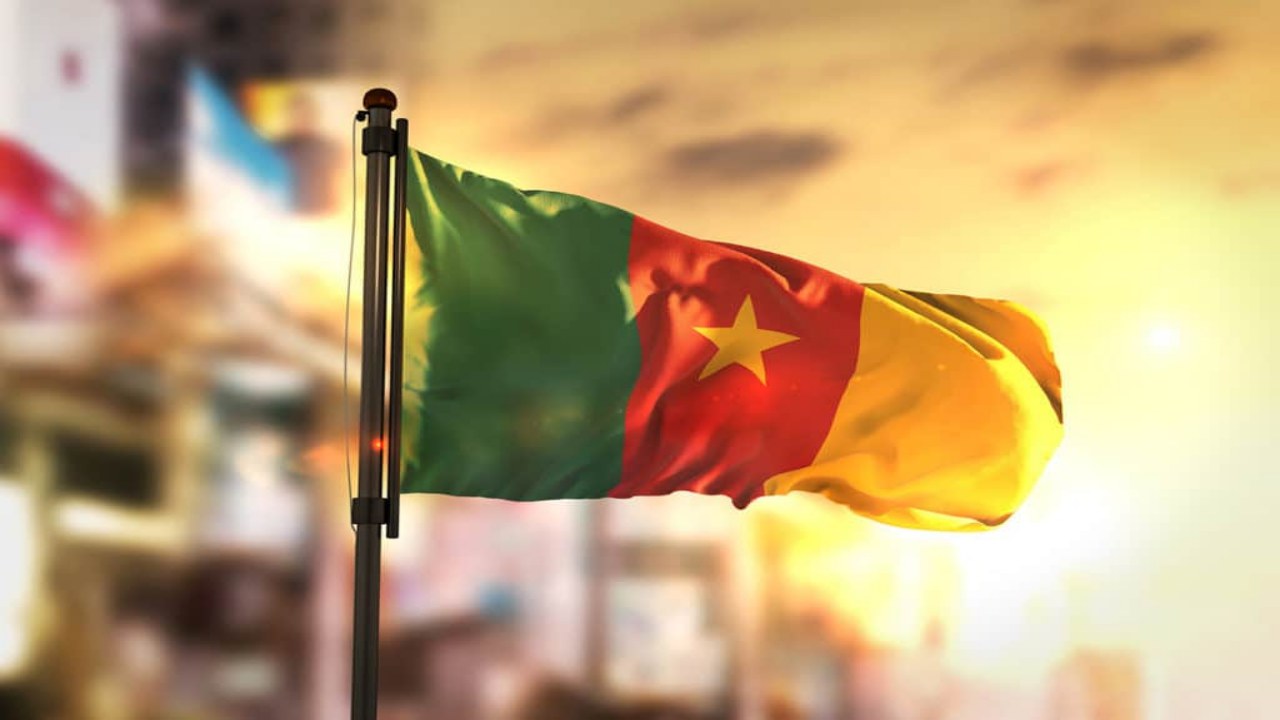All That Glitters Is Not Gold: The Slow Uptake of The Covid-19 Loan Guarantee Scheme in South Africa
Chantel van Zyl, Senior Associate, and Penjani Mseteka, Associate, Banking and Finance Practice, Baker McKenzie, Johannesburg Following the economic downturn and immense pressure placed on businesses as a result of the worldwide COVID-19 pandemic and ensuing global lockdown, National Treasury, the South African Reserve Bank (SARB) and the Banking Association of South Africa (BASA) announced the […]
The post All That Glitters Is Not Gold: The Slow Uptake of The Covid-19 Loan Guarantee Scheme in South Africa first appeared on AFRICA ANALYST.
Chantel van Zyl, Senior Associate, and Penjani Mseteka, Associate, Banking and Finance Practice, Baker McKenzie, Johannesburg
Following the economic downturn and immense pressure placed on businesses as a result of the worldwide COVID-19 pandemic and ensuing global lockdown, National Treasury, the South African Reserve Bank (SARB) and the Banking Association of South Africa (BASA) announced the launch of the COVID-19 Loan Guarantee Scheme (the Scheme) on 13 May 2020. The aim of the Scheme was to provide financial support to distressed businesses with a turnover below ZAR300 million. The National Treasury initially provided a ZAR100 billion guarantee to the Scheme with an option to increase the guarantee to ZAR200 billion, depending on the success of the Scheme.
COVID-19 Loan Guarantee Scheme: Phase I
Although the National Treasury has taken a significant portion of the risk, the participating commercial banks do not receive full guarantees for each loan and therefore carry a portion of the risk if the qualifying business is unable to repay its loan under the Scheme. Currently Absa, Bidvest Bank, First National Bank (FirstRand), Grindrod Bank, Investec, Mercantile Bank, Nedbank, SASFIN Bank and Standard Bank are participating in the Scheme. The main purpose of the loans is to enable businesses to withstand the economic pressures of the COVID-19 pandemic by having access to borrower-friendly loans for operational expenses.
In terms of the Scheme, SARB has received a guarantee from National Treasury and SARB has lent money to commercial banks at the repo rate plus 0.5%. The commercial banks then on-lend the money to struggling businesses at the repo rate plus 3.5%. The conditions of the funding were, amongst other things, that the businesses needed to:
have a turnover of less than ZAR300 million;
be existing bank clients;
be financially distressed as a result of the COVID-19 pandemic;
be registered with the South African Revenue Services (SARS);
apply for only one loan; and
repay that loan over a five-year period.
Despite Government’s hope that the Scheme would provide much needed relief to depressed business and boost the economy, by July 2020, only a small portion of the available funds had been disbursed to businesses. As at July 2020, of the approximately 35 000 entities that applied for loans only 8 000 received funds under the Scheme.
National Treasury believed that the slow uptake was due to a critical flaw in the Scheme’s design. Ultimately, the commercial banks that were tasked with disbursing loans to qualifying candidates were using their traditional creditworthiness checks. This was problematic as the purpose of the Scheme was to assist businesses financially distressed due to COVID-19, yet those businesses that so desperately required assistance did not qualify for such assistance. The Scheme failed to address the requirement to ease creditworthiness assessments, whilst still ensuring that the banks could provide credit in a responsible manner to candidates that are likely to be able to repay the loans.
Another serious critique of the Scheme was the slow processing of loan applications. Considering that the purpose of the loans was to assist distressed businesses with paying pressing obligations, such as salaries and rentals, the long processing time meant that the Scheme was not as useful to businesses as had been expected prior to its launch.
COVID-19 Loan Guarantee Scheme: Phase II
As a result of the slow uptake of the potential ZAR200 billion in funding, the Scheme was revised to make loans more attractive to businesses. On 26 July 2020, Treasury, SARB and BASA announced various changes to the Scheme to make funds more accessible to the public. The most notable change to the Scheme was the cancellation of the requirements for applicants to have a turnover of less than ZAR300 million. Instead of the turnover limitation, the Scheme has introduced a maximum loan amount of ZAR100 million per business. Banks have the option to syndicate funding greater than ZAR50 million, thereby distributing the risk of larger loans across multiple banks.
Whilst banks cannot disregard their internal credit assessment methods, they have agreed to embrace the emergency spirit and object of the Scheme by being more discretionary when determining the creditworthiness of candidates. In that vein, another amendment to the Scheme was introduced, namely, the relaxation of the good standing requirement. Provided that a business was in good standing with its bank as at December 2019, instead of February 2020, the business would have passed the good standing check. Another, more attractive feature of the revamped Scheme is that businesses can access the loans over six months, instead of the original requirement that the loan be used within three months. Importantly, the Scheme has extended the capital and interest repayment holiday to six months after the last utilisation, effectively doubling the previous payment holiday period of three months after final utilisation.
The post All That Glitters Is Not Gold: The Slow Uptake of The Covid-19 Loan Guarantee Scheme in South Africa first appeared on AFRICA ANALYST.
Connectyubuzz
ConnectYuBuzz is an information, education, and entertainment platform which keeps you abreast of all that is going on primarily in Africa and the world. ConnectYuBuzz lets you follow trending news locally and globally, provides rich and comprehensive content for your interests. Read the latest and most popular news articles on entertainment, politics, money & finance, business, technology, sports, lifestyle, fashion,- all delivered by top media outlets in Africa and the World.








